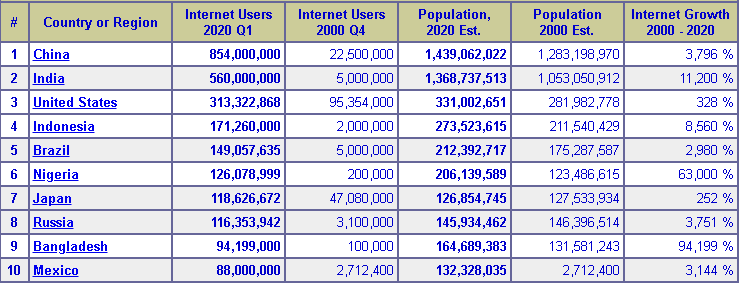
The online data collection industry has experienced remarkable transformations with the diversifying years. High-tech innovations are congruously changing how data is being produced and utilized by individuals, marketers, businesses, and organizations. According to the latest editions of ongoing digital reports, there are approximately 7.83 billion people worldwide.(Worldometer), and 4.66 billion of them are active Internet users. (Statista)
Speaking concisely, nearly 60% of the world population has shifted online, and roughly 40% of the world remains unconnected to the internet (Slideshare.net). Big numbers, right! Well! Bigger the number, the bigger the data.
The popularity of online data collection over offline data can be attributed to several factors, which we will begin to probe shortly. However, before we get on to our ride, it is essential to fathom the dilemma that businesses encounter in the presence of both the means of data collection, namely: online and offline.
Today, there would be hardly any organization that does not want to build its online presence. And there is no reason why they shouldn’t be doing so?
Contrary to traditional means of data collection such as face-to-face interviews, paper-based questionnaires, surveys, the online medium offers fewer challenges in collecting, reviewing, analyzing, interpreting data.
While on the one hand, businesses accept that offline data is more enriched, genuine, secure, and of higher quality, online means offer cheap, accurate, quicker, easier-to-analyze, and flexible data. One way businesses can target the right prospects is by leveraging B2B mailing lists, which streamline access to precise business information, helping brands create impactful strategies.
By the end of this blog, you will be able to come to a concrete conclusion why we stress that online data collection is better than offline data collection means.
Along with opening a wide variety of doors to existing businesses, the competitive landscape has amplified, merging the global audience into one extensive database. Wondering! How? Here is the answer:
The chart below indicates the top 10 countries with the highest number of internet users as of 2020. The numbers marked are in millions.

Source- Internetworldstats.com
It is evident from the above chart that China and India win the first two spots, and the internet’s use is growing exponentially around the world. The graph represents combined internet users either browsing information or engaging in social media, which is also the fastest-growing segment. People spend most of the time on mobile devices using Facebook, Youtube, Instagram, Twitter, Whatsapp, and WeChat.
In the business world, industries study these statistics to track consumer patterns and purchasing behavior to target the right prospects at the right time. Buying email lists provides marketers access to reliable contact data, ensuring they can reach their target audience effectively at the right moment.
We hope that the above statistics have cleared your doubt around the percentage of the population that invests more time online than offline. The Internet population comprises a range of individuals with high-education levels, incomes, and access to relevant technology.
The access to technology allows researchers to gather rich data without stressing the need to contact the consumers spread over the global platform in person.
It has been noticed that the offline response rate is usually lower than online surveys and is likely to be more influenced. Researches confirm the growing body of evidence that online surveys produce higher response rates and richer quality responses to open-ended questions.
Many consider online data collection is designed to create greater triangulations yielding robust data. Computer - mediation allows more people to disclose personal information about themselves. (Moon, 1998). Additionally, another feature of online data collection is that responding might mean that answers are less influenced by social desirability.
Moreover, the interactive features of online means make respondents more engaged than the offline self-completion questionnaires.
In general, unplanned business investments reduce the tendency for growth. Researchers have centered on online data collection processes for real-time focus group surveys. Proponents argue that the online data process makes it possible to convene geographically distant participants for qualitative research.
Thus, making it comparatively economical, costing about one-fifth of what traditional data collection demands.
Online data is an empirical set of information that is easy to analyze for accuracy because participants enter the responses directly. These responses can be interpreted at any time in real-time quickly to extract data for future analysis.
It is known that marketers spent massive amounts to find customer information to promote their brand. The period that goes into preparing questionnaires for offline data collection cannot be re-utilized. Online data collection is an opportunity to conduct pre-testing before the survey goes live. The dummy pre-testing can bring out the shortcomings and suggest areas of improvement without hectic resource wastage.
The quality of the data is critical to measure the success of a project. Online data collection services assist the prospective clients in obtaining carefully scrutinized lists to ensure that redundant/ obsolete data is eliminated from the database. Amerilist has been offering vast and flexible solutions to businesses in availing genuine data across various verticals of the industry. Contact us for more information.